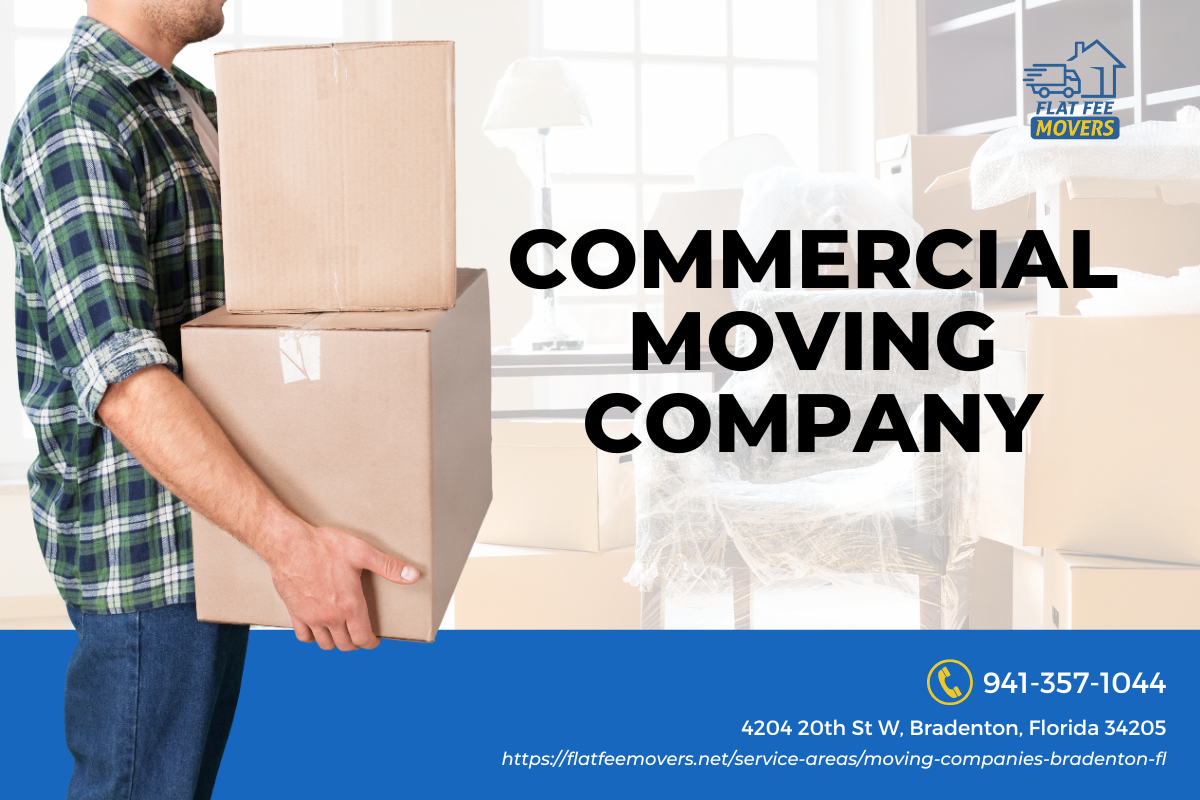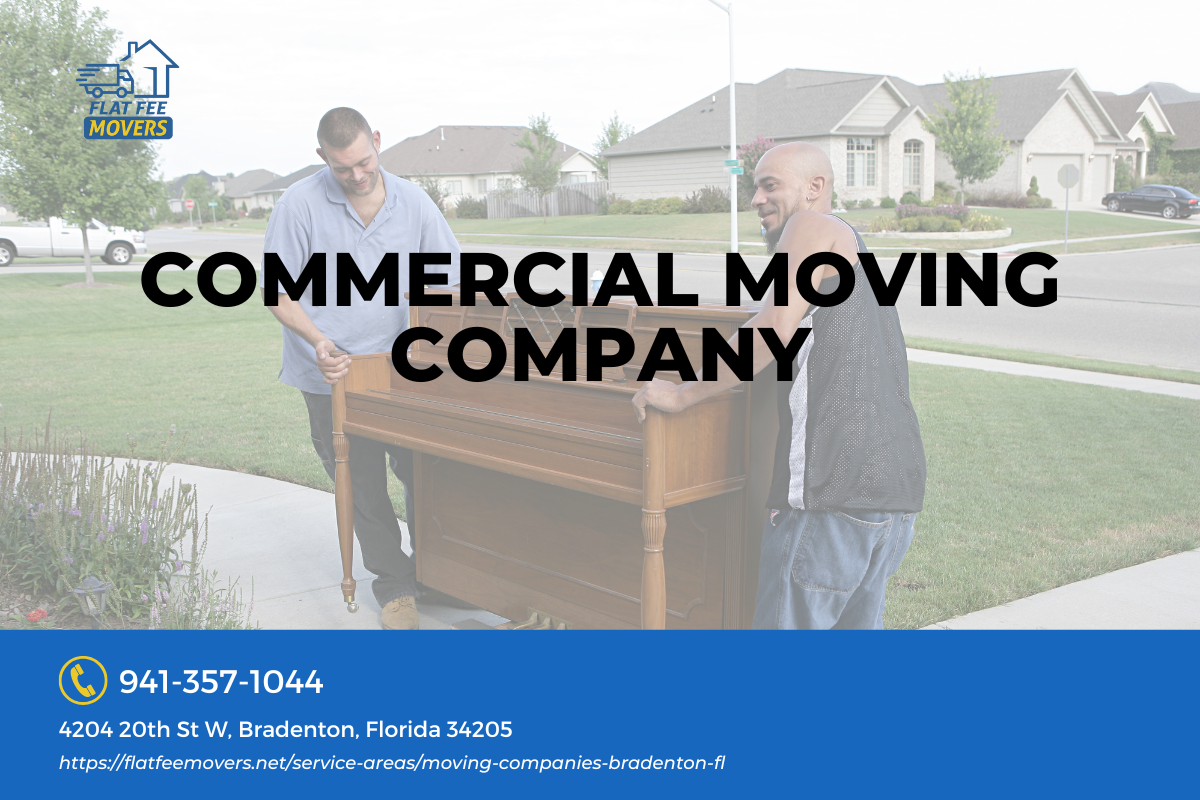

Relocating a business can be a daunting task. However, when executed properly, it can lead to significant growth and new opportunities. In this article, we will explore the case studies of businesses that thrived after relocation, demonstrating how strategic moves can propel companies to new heights. We will delve into various industries and examine the factors that contributed to their success post-move.
Successful Case Studies: Businesses That Thrived After Relocation
The concept of relocating a business often carries a mix of excitement and anxiety. Companies may be driven by various factors such as the need for larger spaces, better access to talent, improved customer bases, or even more favorable economic conditions. What is often overlooked is how these relocations can serve as a catalyst for transformation and success.
1. Understanding Business Relocation
Business relocation involves moving from one physical location to another. This could range from shifting offices within the same city to moving across states or even countries. The process requires meticulous planning and execution, typically involving professional services from commercial moving companies.
1.1 The Importance of Location in Business Success
The location of a business can affect its visibility, accessibility, and overall performance. A prime location can attract more customers, facilitate hiring top talent, and enhance brand reputation.
1.2 Factors Influencing Relocation Decisions
Several elements influence the decision to relocate:
- Economic conditions Market dynamics Real estate costs Talent availability Infrastructure quality
2. Planning for a Successful Move
A well-thought-out plan is essential for any successful office moving process.
2.1 Engaging Commercial Moving Companies
Choosing the right commercial movers is critical for ensuring a smooth transition. Factors to consider include:
- Reputation in the industry Services offered Cost structures Customer reviews
2.2 Assessing New Locations
Before making any decisions, it’s important to conduct thorough research on potential new locations.
3. Case Study 1: Tech Startup Moves to Silicon Valley
One notable example is a tech startup that relocated from a small town to Silicon Valley.
3.1 Background of the Company
Founded in 2015, this startup initially struggled with limited resources and access to skilled labor.
3.2 Reasons for Relocation
The company sought proximity to venture capitalists and established tech firms.
3.3 Outcomes After Relocation
Post-move, the startup saw an increase in funding opportunities and partnerships.
4. Case Study 2: Retail Chain Expands Nationwide
Another compelling case study involves a retail chain expanding its footprint through strategic relocation.
4.1 Initial Challenges Faced by the Retail Chain
The retail chain faced significant competition in its original market.
4.2 Strategic Move Decision-Making Process
After careful analysis, they decided to relocate their headquarters to a central location with lower operating costs.
4.3 Results Achieved Post-Move
As a result of this move, they expanded nationally within two years.
5. Case Study 3: Manufacturing Firm Seeks Better Logistics
A manufacturing firm decided that relocating would streamline its operations significantly.
5.1 Overview of the Manufacturing Firm’s Operations
Initially based in an area with limited access to transportation networks.
5.2 The Logistics Behind Their Move
They partnered with experienced office movers who understood their specific needs.
5.3 Success Metrics Post-Move
After relocating closer to major highways, they reduced shipping times by 30%.
6. Lessons Learned from Successful Relocations
Every successful case study offers key takeaways that other businesses can learn from:
6.1 Importance of Research Before Moving
Understanding market conditions before making a move is crucial for success.
6.2 Engaging Professionals Early
Utilizing professional help from commercial moving companies ensures efficiency during the transition process.
7: FAQs About Business Relocation
Here are some frequently asked questions regarding business relocations:
Q1: What are the main benefits of relocating my business?
A: Relocating can enhance visibility, reduce operational costs, improve http://daltonlnxr459.fotosdefrases.com/tips-for-safely-transporting-artwork-and-valuables-during-a-commercial-relocation logistics, and provide access to better talent pools.
Q2: How do I choose the right commercial moving company?
A: Look for experience in your industry, customer reviews, pricing transparency, and service offerings tailored for your needs.
Q3: What should I consider when selecting a new location?
A: Consider factors like market potential, cost of living for employees, accessibility for clients/customers, and local regulations.
Q4: How long does an office move typically take?
A: The duration varies widely but usually ranges from several weeks to months depending on size and complexity of the move.
Q5: Are there financial implications associated with relocating?
A: Yes! Moving costs can include expenses related to logistics services provided by commercial moving companies as well as potential downtime during the transition period.
Q6: Can relocating actually improve employee morale?
A: Absolutely! A better working environment or desirable location can boost employee satisfaction leading ultimately towards improved productivity.
Conclusion
In conclusion, numerous businesses have successfully transformed their fortunes through strategic relocations—validating that sometimes change truly fosters growth! By learning from these successful case studies—businesses not only mitigate risks but also harness opportunities arising during transitions—the prospects remain bright!
Through proper planning with professionals like commercial movers and thorough research into potential locations—companies position themselves favorably toward sustainable success in today’s competitive landscape!
This article presents valuable insights into how businesses have thrived post-relocation while providing actionable knowledge on what makes such transitions effective—a must-read resource for anyone considering this significant step!